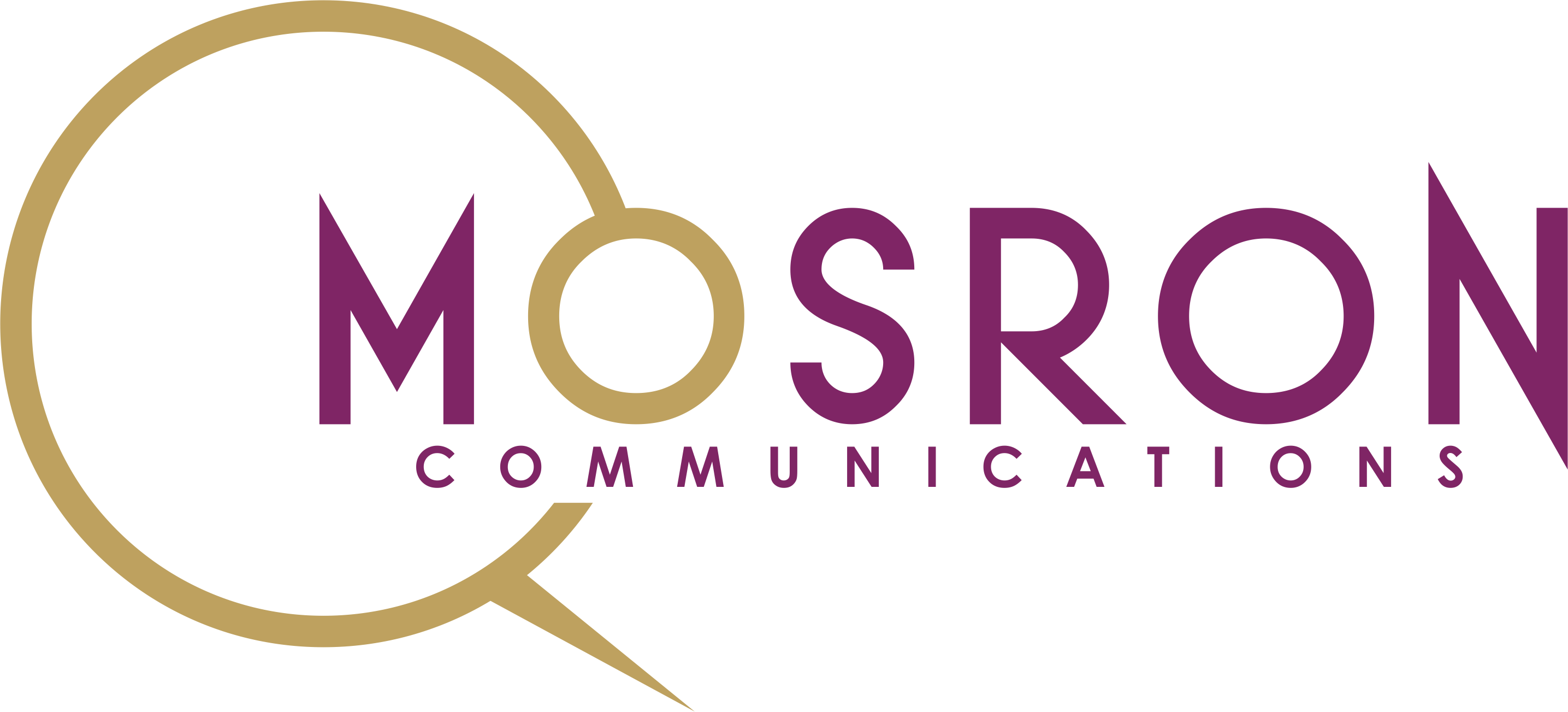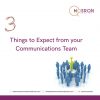B2B events are an effective instrument to solidify industry leadership of businesses and their executives. However, some leaders vaguely understand what types of an event would fit their company and pick randomly which results in low-standard event management.
At Mosron, we have vast experience managing B2B events for clients who have established industry reputation and value it, including Jobberman Nigeria, Nigerian Women in Public Relations, Red Clay Advisory and HealthCap Africa. Only in 3 last years, the B2B events we organised, managed and consulted on gathered over 400 of high-profile participants. Based on this practical knowledge, our #MosronPeople have prepared a comparative review on a conference and roundtable — two popular types of B2B events our team has profound experience in managing end-to-end.
Similarities
Objective
Both events are organised upon a concrete topic and participants who gather together to discuss this topic. The objective is to get expert insights on the topic as a sub-product of the discussion and thus position the host organisation as an industry thought leader staying ahead of the curve.
Format
Both events can be hosted physically, virtually or in a hybrid mode without quality loss. However, for a roundtable, physical or hybrid format is preferable as it allows participants to interact more freely.
Differences
Agenda
An agenda of a conference is more complex as a conference is a multi-layered event with a general theme, a broad topic and several panels (sessions, workshops etc.) depending on sub-topics (tracks). A conference is led by a moderator and diversified participants, such as speakers (lead discussants) and panelists (participating experts). On the contrary, a roundtable generally has one topic, and all participants can equally contribute to the discussion with only a moderator to guide the conversation. A roundtable does not have a practical part as a conference may.
Participation
At a conference, there are only a bunch of active participants — a moderator, speakers and panelists. People interact vertically at a conference where non-speaking participants can ask questions. A roundtable includes all active participants who horizontally interact with one another.
Capacity
Since the majority of conference participants play the role of listeners, a conference can accommodate more than 100 participants. For a roundtable, where all participants need to have enough time to speak on the topic, the optimal capacity is 20-40 guests inclusive of the moderator (s).
Timelines
Given the agenda and capacity of a conference, it is most practical to plan it about 9-12 months ahead. Moreover, the active participants need to plan their availability far in advance due to their leading role during the event. In the case of a roundtable, at least 3 months ahead will suffice as participants need to plan only their time. Regardless, event vendors should have enough time to deliver complementary services and moderators — prepare talking materials in both cases.
Frequency
A conference is usually at a higher expert level due to its scale and diversified agenda. To establish the best reputation from a conference and secure enough high-level participants, it is optimal to host it annually or biennially. A roundtable can be hosted more frequently as it requires limited participants.
Duration
Conferences last longer. If it’s a two-day conference, the total number of hours can be more than 10. A roundtable is a one-day event with the optimal duration of about 2 hours which can slightly vary depending on the number of participants.
Venue
As a conference has speakers and other active participants, a room should be equipped with a stage where they will have an opportunity to retain the audience’s attention. For a roundtable, a spacey room with literal tables will do.
Publicity
The larger scale and number of participants at a conference demand earlier and more profuse pre-event publicity. It includes media announcements, social media countdowns and a landing page for early registration. For a smaller-scale roundtable, all these channels of pre-event publicity are not strategically necessary. If the target number of participants is relatively low, the key and only publicity channel can be a closed expert community.
Speaking of post-event publicity, a conference is good to close with a magazine to imprint the insights of the participants and side contributors to expand the impact. A magazine will maintain the interest ignited till the next edition. Since a roundtable is focused on collective peer insights, the most strategic way is to summarise them in a white paper or communique.
After reading this comparative review, you are probably curious what event option and management strategy to choose for your company given their peculiarities. If your company has a proven expertise in a particular niche and a unique position in the market, and nobody in the industry has initiated conversations about the area you are expert in yet, you can look towards a conference. And whether your company is vetted to speak on many industry trends which may not be exactly new in the market, but still your organisation is a credible industry voice experts listen to, rather think about a roundtable. There is also a matter of resources available at a given time period — a conference is always more resource-intensive while a roundtable can be organised faster with less social and financial investments (high-profile conference speakers alone often require a honorarium).
At any rate, begin with a business objective and overall event concept before delving into management. This step-by-step approach will ensure you connect with the right audience and spend your resources smartly.
#MosronCommunications
#PublicRelationsConsultants
#PartnersNotVendors
#B2BCommunications
#EventManagement







